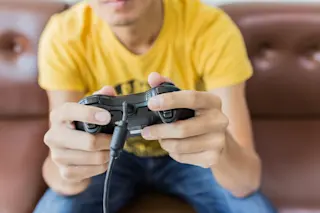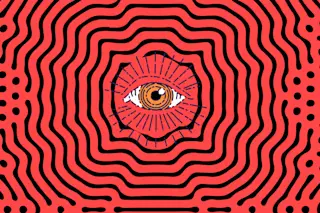Scientific endeavors rarely proceed without unforeseen complications. Before Erik Severin took his baby blue Mazda glc wagon down to Monterey Park, for example, he inquired about fish at his local Ralph’s supermarket. He was told that if his experiment required something that would rot with a pungency worthy of the cliché, he would do best with a saltwater fish, which Ralph’s did not have in stock. So Severin, a graduate student at Caltech, drove to Monterey Park, where he knew of a Chinese grocery by the unlikely, albeit appropriately Californian, name of Shun Fat. From bins of saltwater fish he chose a small kingfish, paid 69 cents, and brought it back to the Noyes Laboratory at Caltech.
Severin installed the kingfish in a glass jar with two glass tubes attached. He arranged for a stream of air to pass through one tube, circulate around the kingfish, absorb its aroma, and ...














